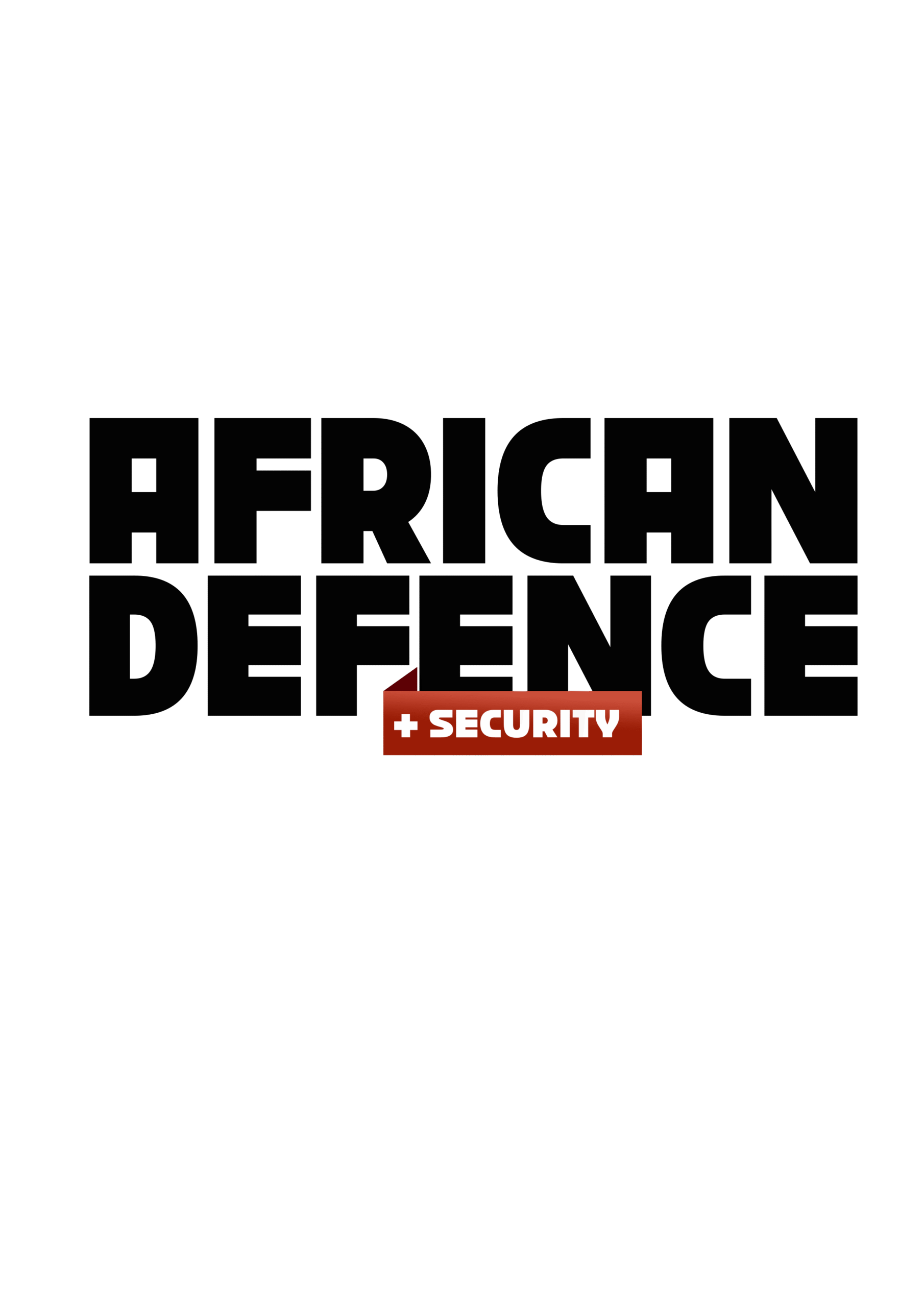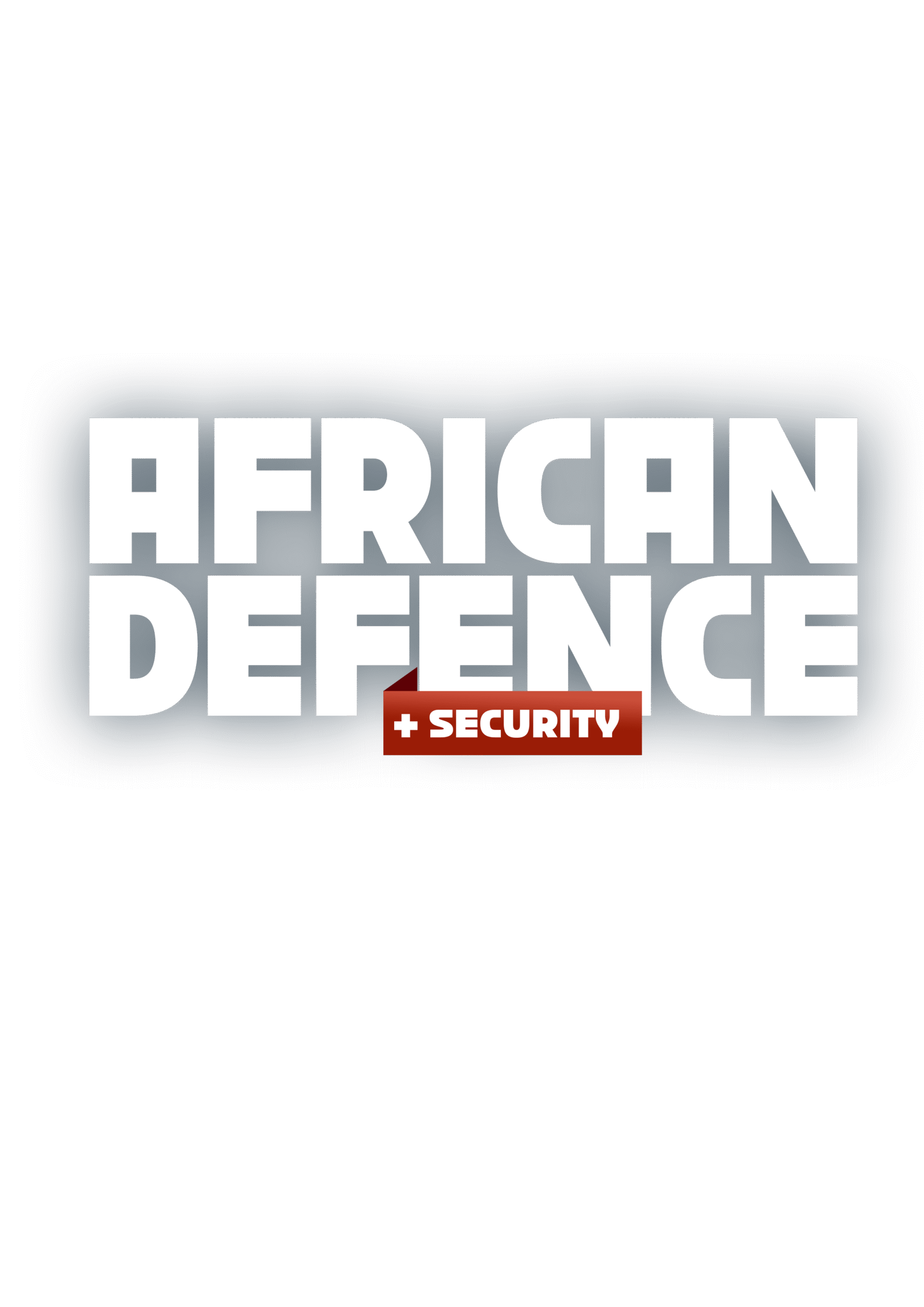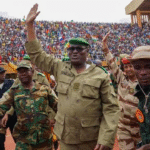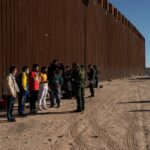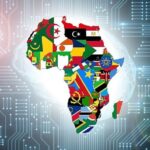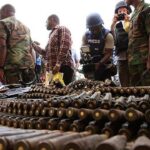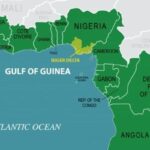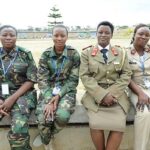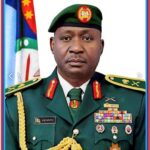THE EVOLUTION OF AFRICAN INFANTRY WEAPONS from 1960
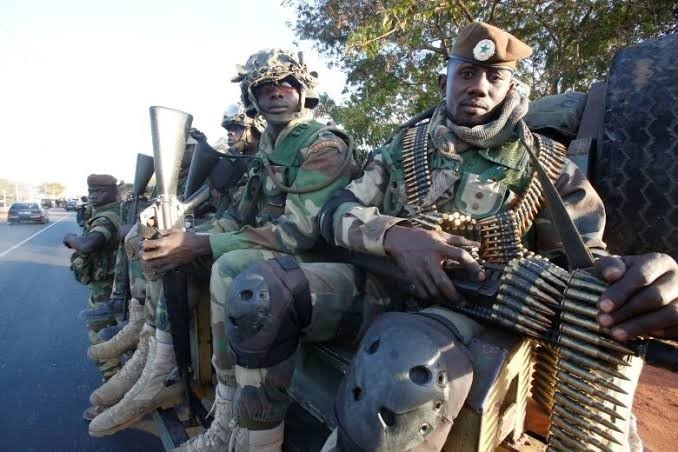
In the wake of widespread decolonization across Africa during the 1960s, newly independent nations began establishing national armies, often inheriting colonial-era infantry weapons from European powers. Countries like Nigeria, Algeria, and Egypt prominently featured in this era, transitioning from British, French, and mixed influences to building sovereign forces.
Nigeria’s army, for instance, initially relied on British-supplied Lee-Enfield rifles and Bren light machine guns, reflecting its Commonwealth ties, while Algeria’s post-independence forces adopted Soviet AK-47 assault rifles through alliances formed during its war of liberation. Egypt, a key player with a long military history, maintained a mix of Soviet-supplied weaponry like the SKS carbine and locally produced variants such as the Hakim rifle, influenced by its alignment with the Non-Aligned Movement. South Africa, under apartheid, started developing its own arms industry to circumvent international scrutiny, producing licensed FN FAL rifles as the R1, setting the stage for self-reliance.
Also of interest is Ethiopia, under Emperor Haile Selassie, who equipped its imperial army with U.S.-provided M1 Garands and M1919 machine guns, emphasizing Western alliances amid regional tensions. This period marked a shift from spears and outdated firearms to semi-automatic rifles, though many armies faced logistical challenges in training and maintenance.
COLD WAR ESCALATION (1970S)
The 1970s saw an influx of Cold War weaponry into African infantry arsenals, as superpowers vied for influence through arms supplies, with Angola, Ethiopia, and Libya emerging as focal points. Angola’s civil war post-independence in 1975 pitted the Soviet-backed MPLA, armed with AK-47s and RPG-7 launchers delivered via Cuban forces, against UNITA rebels supported by South African and Western arms like FN FALs.
Nigeria, dealing with the Biafran War aftermath, began local production through the Defence Industries Corporation (DICON), manufacturing Beretta pistols and Obj-006 rifles inspired by Western designs. Algeria solidified its Soviet ties, producing licensed AK-47 variants domestically, while South Africa ramped up indigenous development amid an arms embargo, introducing the R4 assault rifle based on the Israeli Galil. This era transformed African infantry from reliance on outdated colonial arms to widespread adoption of automatic assault rifles, escalating conflicts.
PROXY WARS AND INDIGENOUS DEVELOPMENT (1980S)
During the 1980s, proxy wars intensified the evolution of infantry weapons, with South Africa, Angola, and Ethiopia at the forefront of technological and tactical adaptations. South Africa’s defence industry, bolstered by the arms embargo, produced advanced variants like the Vektor CR-21 bullpup rifle and NTW-20 anti-materiel sniper rifles, used in operations against Cuban and Angolan forces in the Border War.
Angola’s FAPLA forces, equipped with Soviet T-54 tanks and infantry arms like the RPK light machine gun, clashed with UNITA’s captured and Western-supplied weapons, including South African R5 carbines. Ethiopia’s army, amid the Eritrean War and famine, relied heavily on Soviet bloc weapons such as the RPD machine gun, but began exploring local modifications.
POST-COLD WAR ADJUSTMENTS (1990S)
The end of the Cold War in the 1990s led to a reduction in superpower arms flows, forcing African nations like Angola, Ethiopia, and South Africa to adapt through demobilization and diversification. Angola’s ongoing civil war saw both sides scavenging weapons, with MPLA forces transitioning to post-Soviet AK-74 variants and UNITA relying on smuggled South African arms until the 1992 elections temporarily halted fighting. Ethiopia, after the Derg’s fall in 1991, shifted to U.S. and Israeli support, incorporating M16 rifles into its infantry while disposing of excess Soviet stock.
MODERNIZATION AND PEACEKEEPING (2000S)
The 2000s brought a focus on modernization for peacekeeping, with Nigeria, Egypt, and South Africa leading efforts to adopt NATO-compatible infantry weapons. Nigeria’s army, combating Boko Haram precursors, expanded DICON to produce the Beryl M762 rifle under Polish license, supplementing ubiquitous AK-47s. Egypt’s Military Factory 100 advanced production of the M4 carbine and indigenous sniper rifles, supporting its role in regional stability.
COUNTER-TERRORISM ERA (2010)
Counter-terrorism dominated the 2010s, driving adoption of advanced optics and modular systems in countries like Nigeria, Algeria, and Egypt. Nigeria’s fight against Boko Haram saw widespread use of Israeli Tavor rifles and locally produced Igirigi APCs armed with machine guns.
Algeria, facing AQIM threats, licensed Russian AK-103 production, enhancing special forces with night-vision equipped weapons. Egypt’s army, amid Sinai insurgency, integrated U.S. M4A1 carbines with advanced sights, while exporting arms to allies. Ethiopia expanded its arsenal with Iranian and Ukrainian imports, including heavy machine guns mounted on technicals for border security.
By the 2020s, African infantry weapons evolved toward hybrid systems integrating drones and smart tech, with South Africa, Egypt, and Nigeria at the vanguard. South Africa’s SANDF adopted the M4 assault rifle in 2024, featuring improved ergonomics and modularity for multi-domain operations. Egypt advanced its Helwan Arsenal to produce SIG Sauer M18 pistols and SCAR-H battle rifles, supporting its growing defence exports. Nigeria’s DICON launched indigenous rocket systems and upgraded AK-47s with Pica tinny rails for optics in 2024.
Looking at 2025 and beyond, the evolution of African infantry weapons emphasizes sustainability, local innovation, and international partnerships. the trajectory points to smarter, locally produced weapons amid climate and security challenges.
- African Infantry Weapons Timeline: 1960s to 2025
- Algeria’s Soviet Legacy: AK-47s to AK-103s in Counter-Terrorism
- and Iranian Arms in One Arsenal
- Egypt’s Military Evolution: From Hakim Rifles to SIG Sauer M18s
- Ethiopia’s Shifting Alliances: U.S.
- Evolution of African Infantry Weapons: From Colonial Rifles to Smart Tech
- From Spears to Drones: The Technological Leap of African Armies
- How Cold War Politics Shaped Africa’s Military Arsenal
- Nigeria’s Defence Industry: From Lee-Enfields to Indigenous Rocket Systems
- Peacekeeping & Counter-Terrorism: Africa’s Tactical Transformation
- South Africa’s Arms Industry: Innovation Under Embargo
- Soviet
King Richard Igimoh, Group Editor ALO
King Richard Igimoh, Group Editor African Leadership Organisation is an award-winning journalist, editor, and publisher with over two decades of expertise in political, defence, and international affairs reporting. As Group Editor of the African Leadership Organisation—publishers of African Leadership Magazine, African Defence & Security Magazine, and Africa Projects Magazine—he delivers incisive coverage that amplifies Africa’s voice in global security, policy, and leadership discourse. He provides frontline editorial coverage of high-profile international events, including the ALM Persons of the Year, the African Summit, and the African Business and Leadership Awards (ABLA) in London, as well as the International Forum for African and Caribbean Leadership (IFAL) in New York City during the United Nations General Assembly.
Recent Posts
Categories
- Air & Aerospace15
- Border Security14
- Civil Security3
- Civil Wars4
- Crisis4
- Cyber Security4
- Defense15
- Diplomacy17
- Entrepreneurship1
- Events5
- Global Security Watch6
- Industry6
- Land & Army7
- Leadership & Training3
- Military Aviation2
- Military History27
- Military Speeches1
- Naval & Maritime8
- Resources1
- Security12
- Special Forces1
- Systems And Technology8
- Tech6
- Uncategorized3
- UNSC1
- Veterans6
- Women in Defence9
Related Articles
Private Military Contractors in Africa – Mercenaries, Partners, or Spoilers?
In Africa’s security environment, one of the most polarising forces is the...
ByKing Richard Igimoh, Group Editor ALOAugust 12, 2025Urban Warfare Challenges for African Armies in a New Security Era
Across Africa, conflict is moving into the cities. From Mogadishu to Maiduguri,...
Byadmag_adminJune 27, 2025Army Modernisation in West Africa: Ghana, Nigeria, and Côte d’Ivoire in Focus
West Africa stands at the frontline of Africa’s battle for peace, stability,...
Byadmag_adminJune 27, 2025The Sahel Battlefield: The Realities of Counterinsurgency from the Ground Up
In the heart of the Sahel—a vast, semi-arid band stretching from Senegal...
Byadmag_adminJune 27, 2025